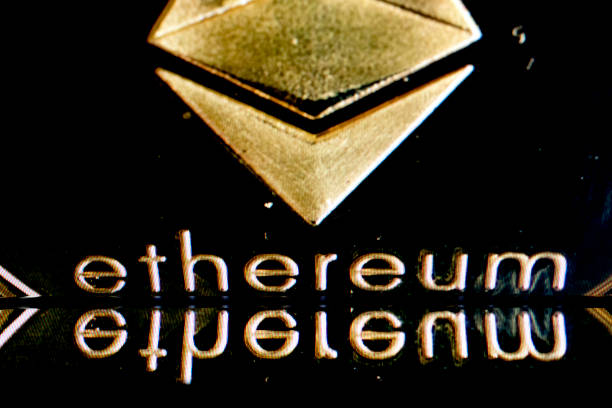Tether’s Celsius Settlement: Stablecoin Liability & Future
Note: This post may contain affiliate links, and we may earn a commission (with No additional cost for you) if you make a purchase via our link. See our disclosure for more info. The crypto world is constantly changing. This content is for informational purposes only and not financial, legal, or professional advice So, please verify the info on the cryptocurrency provider’s websites.
Stablecoins, exemplified by products like Tether's USDT, serve as a foundational technology in the cryptocurrency ecosystem, designed to offer price stability amidst volatile markets. Their core feature is a peg to a stable asset, typically the U.S. dollar, providing a reliable medium of exchange. The recent $299.5 million settlement between Tether and Celsius, however, underscores critical liability concerns and the evolving legal landscape surrounding these digital assets.
At its heart, a stablecoin's benefit lies in its ability to facilitate fast, low-cost global transactions, act as a safe haven during market downturns, and serve as a crucial component for decentralized finance (DeFi) applications and crypto trading. The target audience includes crypto traders, investors seeking a less volatile asset, and users engaging in cross-border remittances. Technically, stablecoins are tokens issued on various blockchains (e.g., Ethereum, Tron), governed by smart contracts that manage their issuance and redemption, ideally backed by an equivalent amount of reserves held by the issuer.
The Celsius settlement highlights the product's inherent vulnerability related to its backing. While not a direct technical flaw in the blockchain mechanism, it raises questions about the financial and legal robustness of the issuer's reserve management and accountability. The “technical specification” implicitly challenged here is the integrity and transparency of the off-chain reserves backing the on-chain tokens. The settlement could prompt a re-evaluation of how stablecoin issuers manage their liabilities, the types of assets used as reserves, and the legal frameworks governing their operations, especially in bankruptcy scenarios.
Ultimately, this event could drive a demand for enhanced transparency, more stringent auditing standards, and clearer regulatory guidelines for stablecoin products. Such developments would aim to bolster user trust, ensuring that the promise of a stable digital asset is upheld through robust financial backing and legal accountability, thereby refining the product's features and strengthening its benefits for its diverse user base.










